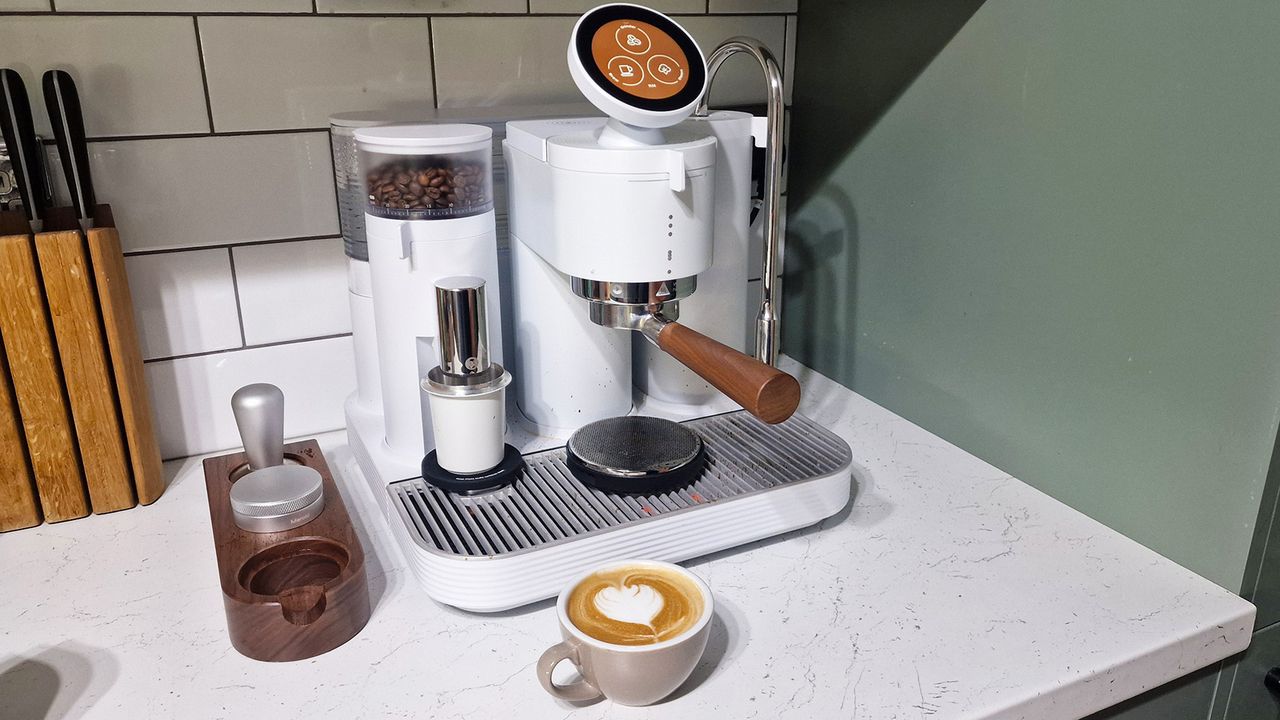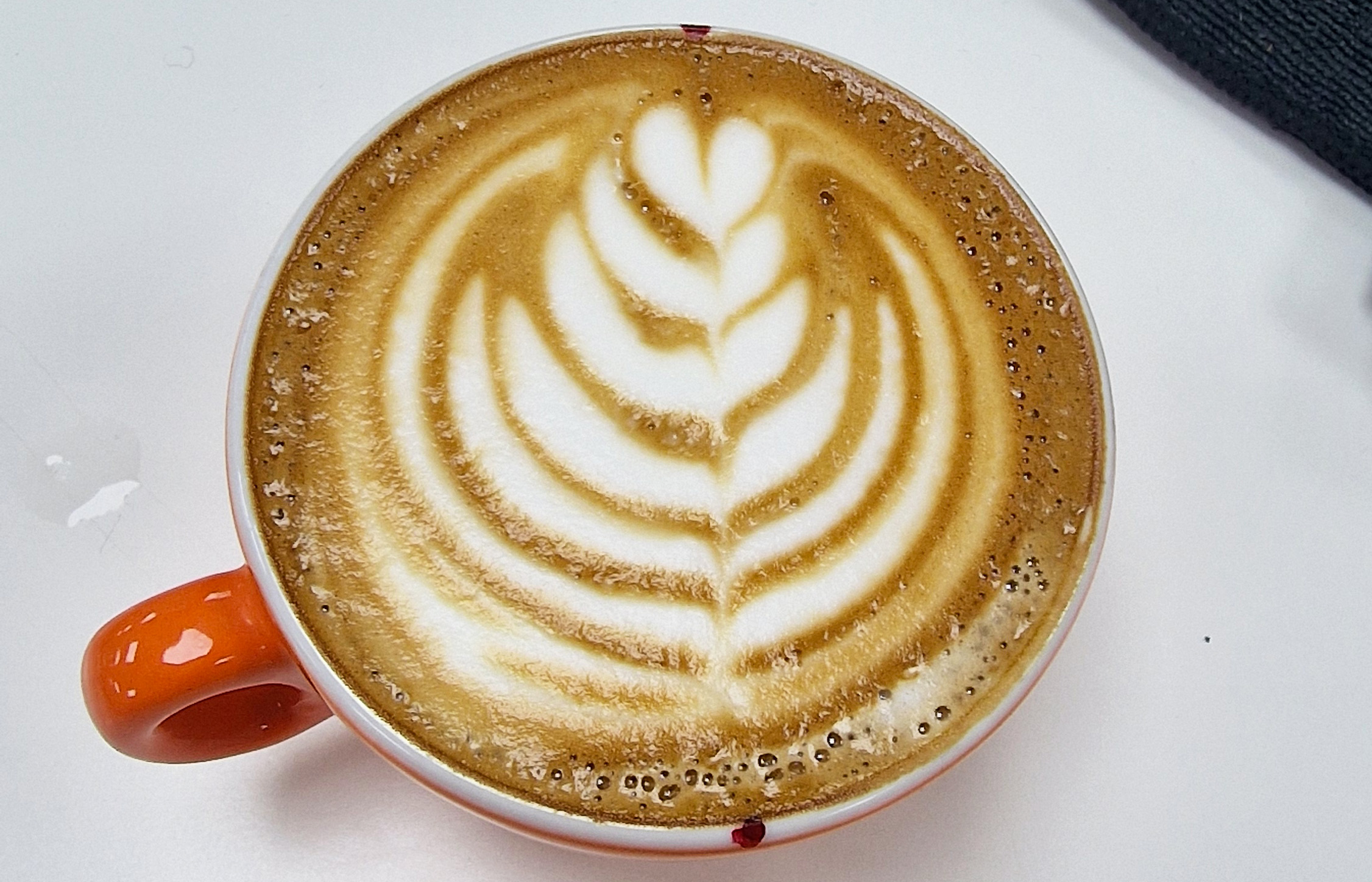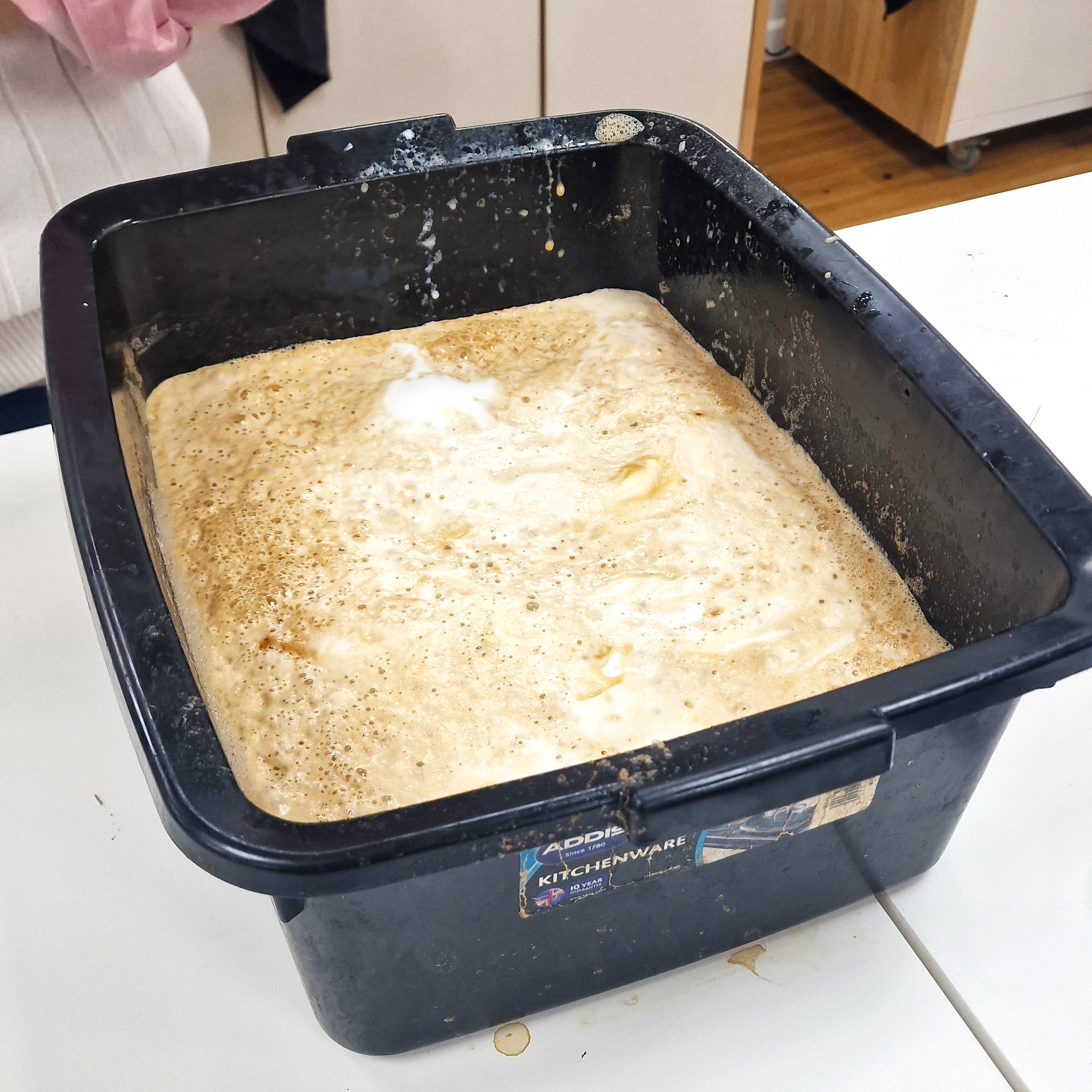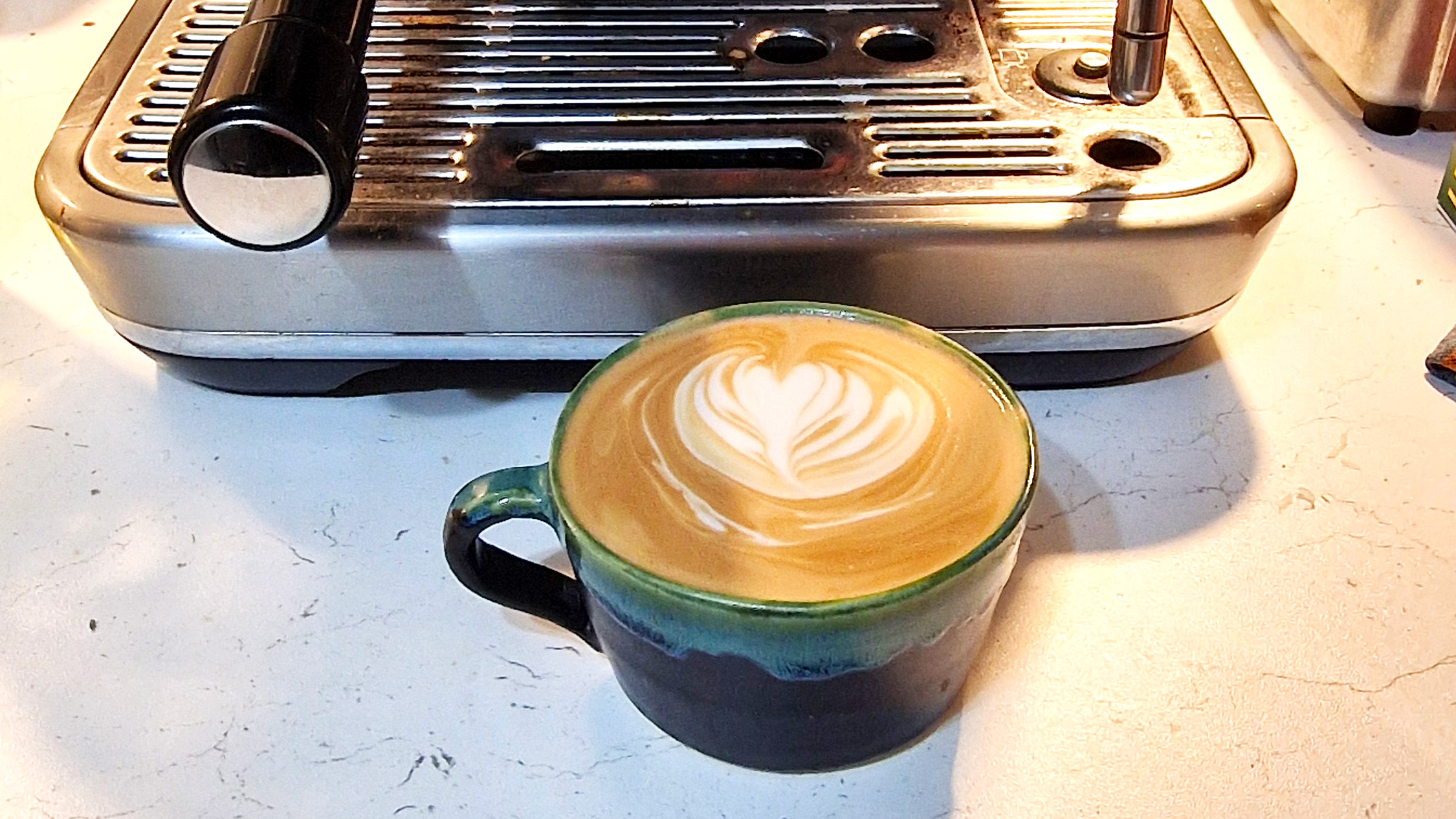
It's Coffee Week here at Tom's Guide, where we're bringing you reviews of all the top gear, and some barista-approved tips on how to get the most out of your existing setup.
Because I'm our resident coffee expert, I've embarked on my own journey of becoming a certified barista. When I did my Specialty Coffee Association course, I learned a lot of tips and tricks that can step up your brewing process. But when it comes to latte art, I've found that you just need to put the hours (and espresso, and milk...) in.
That's ok if you're churning out multiple lattes a day, but if you want to accelerate your latte art journey with your home espresso machine, there's a simple trick they taught me at barista school which you might want to know. And the best bit? No espresso or milk is wasted.
Use soy sauce and dish soap instead
Good coffee beans can be expensive, so the last thing I want to do is waste my fresh-brewed espresso if I mess up a tulip on top. The good news is, you can still drink that tasty, wonky latte, and use another (less expensive) kitchen must-have to act as the dark brown base for your latte.
Soy sauce is deep and dark, just like espresso, and it has a similar texture. You won't want to mix up your latte and your soy dish soap concoction, but if you want to practice, it's a great substitute!

After many years of making lattes at home using my Breville coffee maker, I had more skills than many of my classmates, but we were all far from barista-level latte artists. So before letting us loose with gallons of fresh milk and countless espressos, our teacher set us up with two unlikely ingredients: dish soap and soy sauce.
When you steam milk, you first need to "stretch" it. This requires adding the right amount of air to your milk using your steam wand to create a glossy foam that's the perfect thickness to pour latte art. Texturing milk correctly requires a lot of practice, and if you don't do it right, you've got no chance of pouring latte art. Too thin and you've just got a milky coffee, too thick and you'll have a cappuccino with a very rigid, dry top layer of milk.
Once you've got the right texture, you need to learn to pour. The soy sauce plays the role of espresso in this lesson, sitting at the bottom of the cup. Similar in texture and color to real espresso, it combines with soapy water to make a scarily realistic latte.
Using dish soap to practice latte art

You'll be shocked at how instantly your cold water and dish soap starts to resemble milk after just a few seconds of steaming. It even turns pearly white, and if you're steaming correctly, should achieve the same level of microfoam as milk would achieve under the same condition.
- Add a drop of dish soap to your jug of cold water. For the best results, make sure your water comes just under where the start of the pouring spout begins
- Purge your steam wand to remove excess water
- Insert your wand into your water at an angle, and then turn it on again
- Aim for a sound like paper tearing. This means you're adding air to your water mix. If it screeches, you're doing it wrong! At this point, the mix should start to resemble milk as you aerate the water with the dish soap.
- After about five seconds (although this is dependent on the machine you're using), lower the steam wand further down into your liquid, where it should create a vortex of spinning liquid and integrate those bubbles for an evenly-steamed consistency
- You should touch the outside of your milk jug throughout the steaming process. When it becomes too hot to touch for longer than a second, stop steaming. Otherwise, you run the risk of burning your milk.
Using soy sauce to practice pouring

You could also use food coloring to practice this step, but we learned with soy sauce, which has roughly the same color as espresso.
- Swirl your "milk" in the jug to remove any surface-level bubbles and integrate your foam for a glossy consistency
- Slowly pour this into your mug, moving your jug in a circle around the mug as you do it. This will prevent your milk from sitting at the top of your cup, and create movement which will help you to create shapes
- Tilting your mug towards the lip of the jug, allow the foam to form on top of your drink.
- Pull through this shape, lifting your jug higher, to create a heart shape.
- As you advance, you can start to practice other shapes. I'd recommend looking up YouTube videos on how to pour rosettas and tulips, which are trickier to pour than heart shapes.
Why this hack works

Latte art takes practice, but if, like me, you drink one latte a day, you could spend years mastering the craft. Instead, by churning out soapy soy after soapy soy (remembering not to drink it!) you'll shortcut that process, without wasting any milk. After an hour or so of practice, my class had a scarily realistic-looking vat of practice 'lattes'.

When we were then trusted to use real milk and real espresso, we were able to make some pretty impressive lattes. The dish soap and water combination really does mimic milk perfectly. If anything, pouring milk felt a little easier than pouring soapy water!
Follow Tom's Guide on Google News and add us as a preferred source to get our up-to-date news, analysis, and reviews in your feeds. Make sure to click the Follow button!







